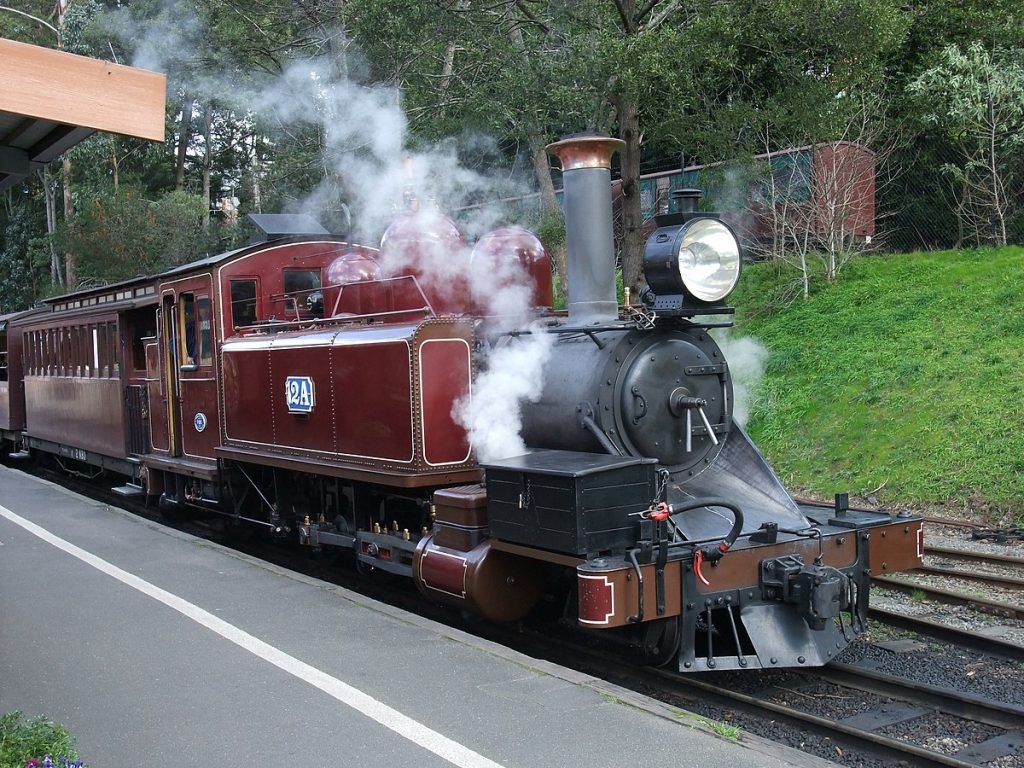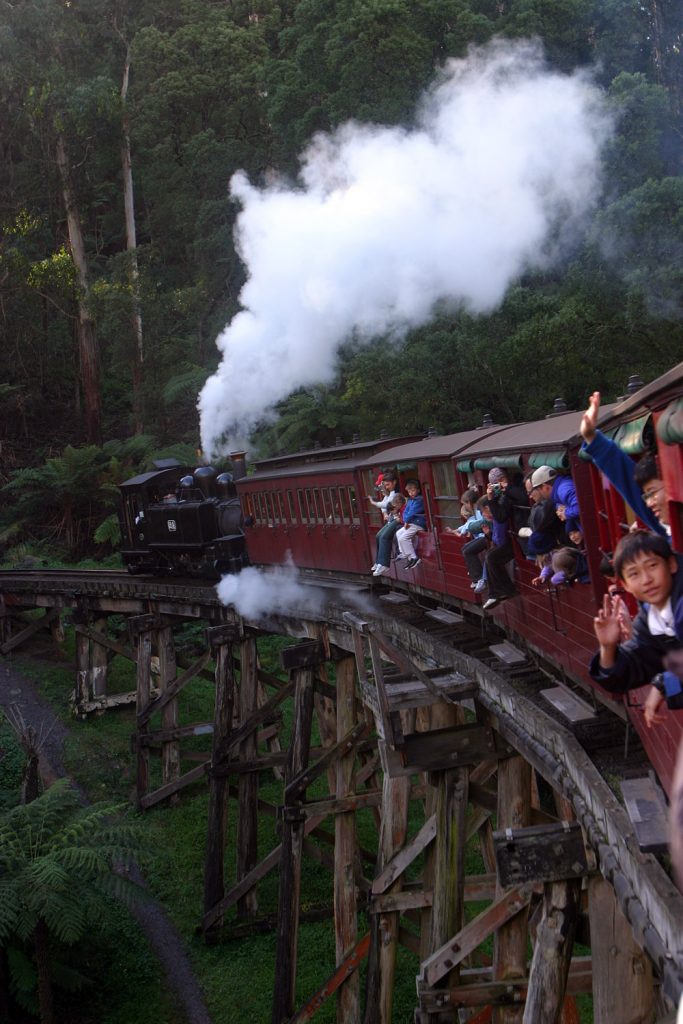
Image source: Wikimedia
In most parts of the world, it is expected that when riding the rails, one should keep their hands and arms inside the vehicle at all times. Riding on the outside of a railway carriage is generally discouraged, if not illegal. It is often very dangerous due to the risk of falling from a moving train as well as other hazards along the track, such as low tunnels, signal gantries, and high-voltage overhead line equipment. Yet people will still do so, for various reasons. It may be due to overcrowding, or it may stem from the desire to get some fresh air or to avoid having to pay a fare. Unfortunately, it also used as a way to get video views.
There are, however, some railway systems where this is not only allowed, but also expected. A classic example is the San Fransisco Cable Car, where passengers are allowed to cling on to the outside of the vehicle as it makes its ways through the city’s hilly terrain, but there is another railway that also allows, at least to an extent. For the Puffing Billy Railway, outside of Melbourne, Australia, keeping hands and arms inside the vehicle is optional, and the same goes for legs too.

Image source: Wikimedia
Within walking distance of Belgrave Station at the end of the Belgrave Line on Melbourne’s electrified 1600mm broad-gauge suburban network is a portal to another era where a journey on the Puffing Billy Railway begins. A stark contrast to the modern electrical multiple units on the suburban network, the trains here run on old-fashioned steam. Run and maintained by mostly volunteers, it attracts tourists from near and far, and in 1990s when my family lived in the area, we were among those tourists. We arrived fairly early, allowing us to witness our train chugging into the station consisting of a maroon 2-6-2 tank locomotive running cab-first pulling a rake of open-sided wooden coaches. The windows had nothing but metal railing, presumably to prevent people from jumping out, but we later realized they served an additional purpose.

Image source: Wikimedia
We climbed aboard and found our seats in the second car. Fittings were fairly minimal, including lights, which were not used because this ride was during the day. I later see and hear our locomotive run by us in the siding as it ran around to the other end of the train. A few moments later, we were on our way. The railway itself is a single-track 782mm (2ft 6in) narrow gauge line (this means the spacing between the track is less than half that of Melbourne’s main network) that winds its way through the wooded foothills of the Dandenong Ranges. Once one of five narrow gauge lines of the Victorian Railways, it is the only one that remains, having been reopened in 1962 after the original line was shut down. Along the way we get to take in much of the scenery of the line, including a narrow and very rickety-looking trestle bridge. It is during this journey that we discover the other unique aspect of the Puffing Billy Railway, and that is the tradition of people, especially children, sitting on the edges of the windows, letting their legs dangle freely, with the metal bars preventing them from falling out.
I was a bit nervous about sitting on the edge of the window, but my brother was able to do it for a while – I just preferred to watch the scenery from the safety of my seat. At the time, the end of the line was at Lakeside station, 14km from Belgrave. I wanted to get off and look around, but since our train was the last train of the day, we had to stay on board as our locomotive ran around to the back of the train ready for the return trip and if we were to alight, we would have to find another way back. With the locomotive at the other end of the train, I was able to get a better view of it as it huffed and puffed its way back to Belgrave.
Although I was only ten when we took that ride, it is one that I fondly remember, and even today, the Puffing Billy locomotives carries thousands of passengers on a daily basis along what is now a 25km line.
